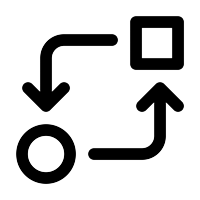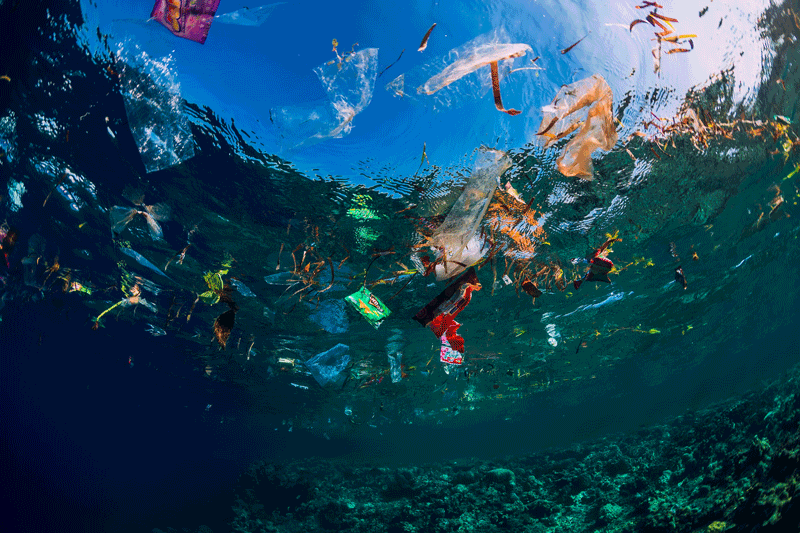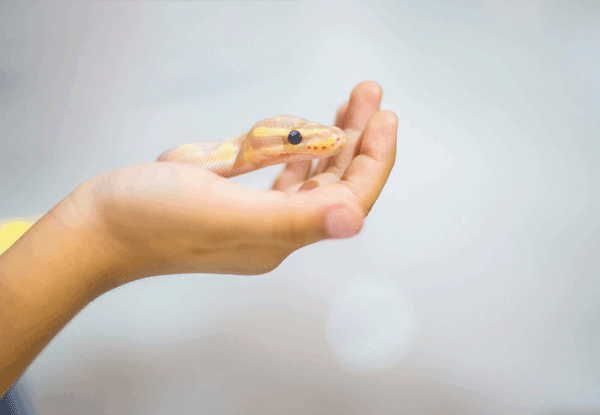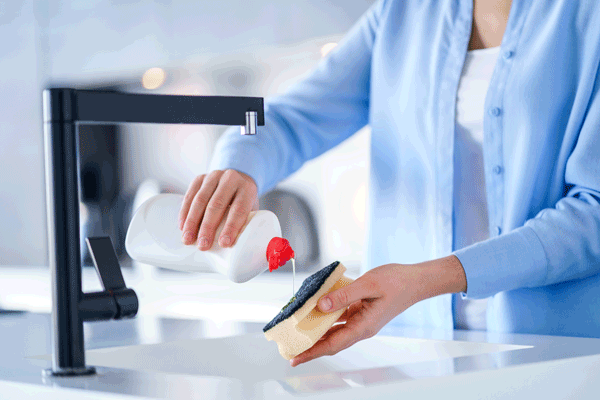Part A Introduction & Ice break

A_1
Let’s introduce ourselves to each other.
My name is ________. What is your name?
A_2
I am ________. Nice to meet you.


A_3
Nice to meet you too, ________. What’s your plan for this weekend?
A_4
| Answer: |


A_5
I see. Let’s begin our lesson!
Part B Vocabulary

B_1
We will read aloud the words below. Please repeat after me. I will check your pronunciation.
(Please send the mispronounced words and phrases to your student.)
B_2

|
do research on ~
~を研究する
|

|
harmless
無害な
|

|
break down
分解する
|

|
turn A into B
AをBに変える
|

|
figure out
解く、解決する
|


B_3
Great job! Let’s go on to the next.
(Please send the mispronounced words and phrases to your student.)
Part C Reading

C_1
Please read aloud the article below. I will check your pronunciation and intonation.
(Please send the mispronounced words and phrases to your student.)
C_2

Tiny Helpers might Save the Planet
One scientist does research on how mealworms eat plastic. “We all know that plastic waste is a big problem, especially in the oceans,” the scientist said. “We found out that mealworms, these tiny, harmless insects you see everywhere, can eat and break down different types of plastic.”
Back in 2015, the scientist first saw that mealworms could eat polyethylene. The worms want the energy that is made when the plastic’s bonds break. They do this with strong bacteria in their stomachs, turning most plastic into only hydrogen and carbon.
The scientist is now trying to figure out how a mealworm does its job. “We’re trying to find the bacteria and grow lots of them in big containers. You can put your plastic in there, and hopefully, it will all break down,” she says.
*mealworm カブトムシの仲間の幼虫
*insect 昆虫
*back in ~ ~にさかのぼる
*polyethylene ポリエチレン(レジ袋やシャンプーボトルによく使われる)
*bond 結合
*stomach 胃
*hydrogen and carbon 水素と炭素
*insect 昆虫
*back in ~ ~にさかのぼる
*polyethylene ポリエチレン(レジ袋やシャンプーボトルによく使われる)
*bond 結合
*stomach 胃
*hydrogen and carbon 水素と炭素


C_3
Now, let’s review some words and expressions.
C_4


C_5
Now, I will ask the following questions. Please answer based on the article.

C_6
| 1. | How can mealworms help solve the plastic waste problem? |
C_7
| Answer: |


C_8
| 2. | What do mealworms want from plastic? |
C_9
| Answer: |


C_10
| 3. | What changes most plastic into only hydrogen and carbon? Where is it found in mealworms? |
C_11
| Answer: |


C_12
| 4. | What situation does the scientist hope to be in when we throw plastic? |
C_13
| Answer: |


C_14
Great job! Now, let’s review your answers.
C_15

Part D Fill in the Blanks

D_1
Now, you will make sentences by filling in the blanks using the words you learned.
(Please send the sentences that need grammar corrections to your student.)
D_2
do research onharmlessbreak downturn A into Bfigure out
| 1. |
She _______ her small task ______ a big project. |
| 2. |
Some snakes are _________ and not dangerous. |
do research onharmlessbreak downturn A into Bfigure out
| 3. |
Scientists _____________ the beginning of space. |
| 4. |
Can you help me _________ this math problem? |
do research onharmlessbreak downturn A into Bfigure out
| 5. |
Detergents ___________ oil. |


D_3
You did amazing! Let’s go on to the next.
Part E Topic-related questions

E_1
Please answer the following question.

E_2
| 1. | What can we do in our daily lives to reduce plastic waste? |
*reduce 減らす
E_3
| Answer: |


E_4
| 2. | What can we use instead of plastic? |
*instead of ~ ~の代わりに
E_5
| Answer: |


E_6
Next, let’s answer the following questions. Your answer should start with “Yes/No”. Give at least one reason to support your opinion.

E_7
| 1. |
Do you recycle plastic items? (plastic bottles, plastic packaging, etc.) What items do you think can be recycled or reduced? |
E_8
| Answer: | (Yes, I do. / No, I don’t.) |
| Because |


E_9
| 2. | Do you buy plastic bags when shopping? |
*plastic bag レジ袋
E_10
| Answer: | (Yes, I do. / No, I don’t.) |
| Because |


E_11
Great job! Your answers were fantastic!
Part F Free Talk

F_1
Now, let’s have a free talk based on the following questions.


F_2
| 1. |
Do you take any actions toward the SDGs or the environment? Tell me anything you can think of. For example: turn off the light frequently, take your own reusable bottle |
F_3
| Answer: |


F_4
| 2. | What do you enjoy doing in your free time? Why do you like it? |
F_5
| Answer: |





